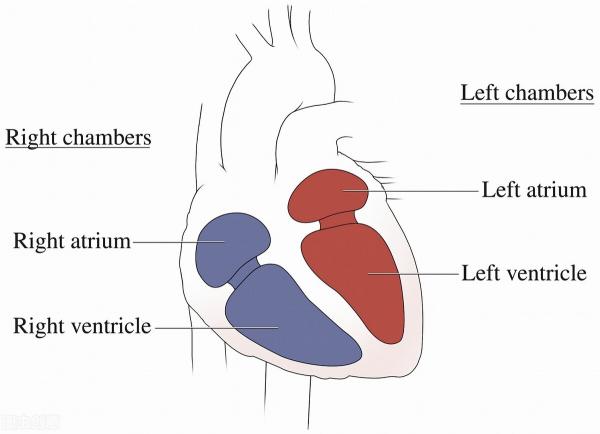房顫消融術是治療房顫的重要手段之一。你們那房顫消融術是在什么麻醉下進行的?看看發表在Europace雜志上的一篇調查,了解一下其他醫院是如何開展房顫消融麻醉的。房顫消融治療的全球鎮靜策略:過去十年的現狀和進展心房顫動(房顫,atrialfi

房顫消融術是治療房顫的重要手段之一。你們那房顫消融術是在什么麻醉下進行的?看看發表在Europace雜志上的一篇調查,了解一下其他醫院是如何開展房顫消融麻醉的。
房顫消融治療的全球鎮靜策略:過去十年的現狀和進展
心房顫動(房顫,atrial fibrillation,AF)的導管消融治療已成為電生理實驗室中最常見的手術之一,手術量迅速增加。房顫消融治療的圍術期麻醉因醫療單位而異,從全身麻醉到深度或清醒鎮靜。
這項調查的目的是評估目前世界范圍內房顫消融治療的鎮靜實踐及其在過去十年中的進展。
開展房顫消融治療的醫療單位對這一項在線調查做出了回應。
共有297個醫療單位參加了調查。
總體而言,2010年至2019年間,房顫消融手術的中位數(四分位數)從91(43-200)增加到每年200(74-350)(P<0.001)。
冷凍消融的比例也從17.0%增加到33.2%(P<0.001)。
2019年,最常用的鎮靜技術是全身麻醉(40.5%),其次是清醒鎮靜(32.0%)和深度鎮靜(27.5%)。
2010年至2019年間,在全身麻醉下進行手術(+4.4%;P=0.02)和深度鎮靜(+4.8%;P<0.01)有所增加,而清醒鎮靜的使用減少(-9.2%;P<0.001)。
最常用的鎮靜藥物是異丙酚和咪唑安定,而最常用的阿片類藥物是瑞芬太尼和芬太尼。
這項世界范圍的調查顯示,房顫消融手術的數量在過去十年中翻了一番多,全身麻醉仍然是最常用的。需要對不同鎮靜策略的結果進行比較研究,以指導最佳決策。
關鍵詞:心房顫動;清醒鎮靜;冷凍消融;深度鎮靜;EHRA調查;全身麻醉;鎮靜。
重點詞匯釋義
sedation藥物鎮靜; 鎮靜狀態
atrial fibrillation心房纖顫
become one成為一體,結合
electrophysiology電生理學;電生理現象
between centres中心間;軸間
interquartile range四分位差
原文摘要
Worldwide sedation strategies for atrial fibrillation ablation: current status and evolution over the last decade
Catheter ablation for atrial fibrillation (AF) has become one of the most common procedures in the electrophysiology lab with rapidly increasing volumes. Peri-procedural anaesthesia for AF ablation varies between centres, from general anaesthesia to deep or conscious sedation. The aim of this survey was to assess current sedation practices for AF ablation worldwide and its evolution over the last decade. Centres regularly performing AF ablation responded to an online survey. A total of 297 centres participated in the survey. Overall, the median (interquartile range) number of AF ablation procedures increased from 91 (43-200) to 200 (74-350) per year (P < 0.001) between 2010 and 2019. The proportion of cryoablation also increased from 17.0% to 33.2% (P < 0.001). In 2019, the most used sedation technique was general anaesthesia (40.5%), followed by conscious sedation (32.0%) and deep sedation (27.5%). Between 2010 and 2019, the proportion of procedures performed under general anaesthesia (+4.4%; P = 0.02) and deep sedation (+4.8%; P < 0.01) increased, whereas the use of conscious sedation decreased (-9.2%; P < 0.001). The most commonly used hypnotic drugs were propofol and midazolam, whereas the most commonly used opioid drugs were remifentanyl and fentanyl. This worldwide survey shows that the number of AF ablation procedures has more than doubled over the last decade and general anaesthesia remains most commonly used. Studies comparing outcomes between different sedation strategies are needed to guide optimal decision-making.
Keywords: Atrial fibrillation; Conscious sedation; Cryoablation; Deep sedation; EHRA survey; General anaesthesia; Sedation.

